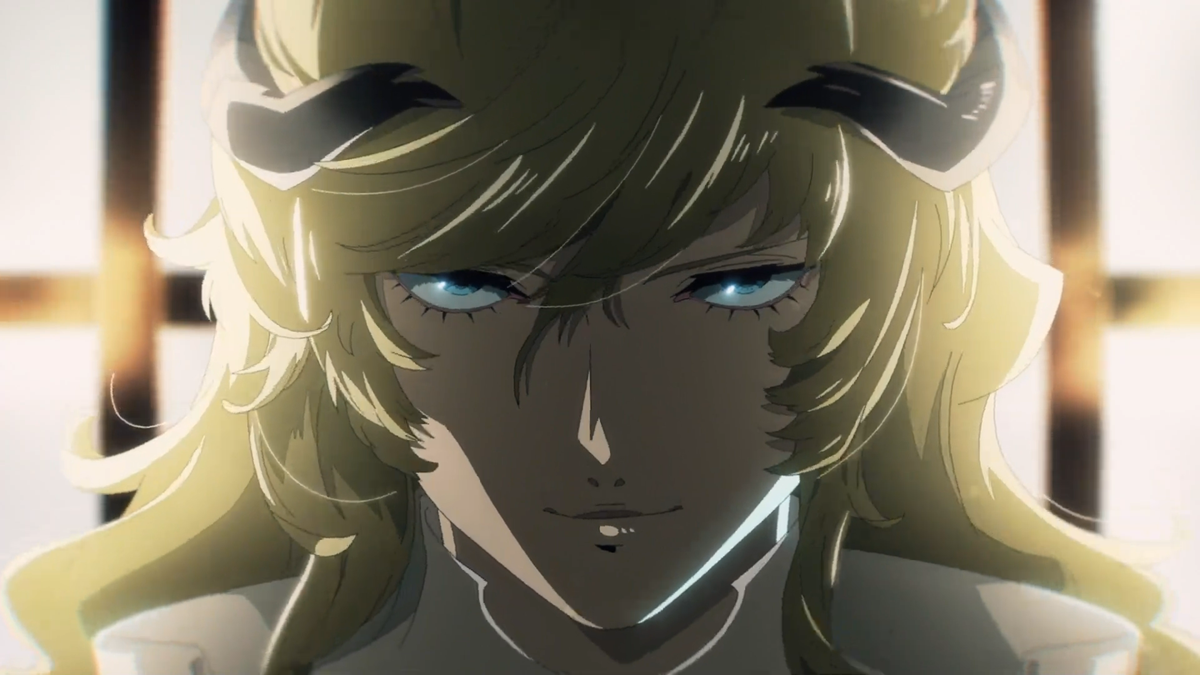Namco Bandai wanted one thing very clear about Dark Souls 2: Nothing is changing. All that talk of accessibility and broadening the audience? Forget it. Easy mode? Not happening. If anything, Dark Souls 2 looks to be far harder than both its predecessors combined. And from what I played, that’s certainly the case.
The appointment was split into two parts: a hands-off walkthrough of the PC version, and a hands-on demo with the PlayStation 3 version. The demo began by allowing a choice between four classes: Warrior, Sorcerer, Temple Knight, and Dual-Wielder. The full game won’t have any pre-set classes, however, instead opting for a generator that allows full customization of your character, stats and all. Our demonstrator chose the Dual-Wielder first to showcase the game’s new, proper dual-wielding mechanics.
In previous Souls games, dual-wielding barely existed. It was technically available, but hardly viable, unable to swing left-handed weaponry reliably. Dark Souls 2 fixes this. As the Dual-Wielder, players can use two swords with ease, either by attacking with each individually or in concert. The method depends on your character’s stance.

You can jump between individual and combined strikes by pressing the button to two-hand weapons. Tapping it two-hands your right-hand weapon, holding it allowing for combined attacks. The latter is far more powerful, but consumes stamina at an alarming rate. A single tap of the shoulder buttons used half the gauge, for instance. From Software’s intent is to create more risk-versus-reward scenarios with character builds, dual-wielding, for instance, trading defense for speed and higher damage-output.
The level shown was a large, sprawling stone fortress; the same from the gameplay reveal back in April. The demo began in a small room with a bonfire, a pit with a ladder the only way forward. Descent led to a choice between two doors, a bridge, and a pit with fire-breathing lizards.
We took the path to the left of the ladder. Couple of hollowed soldiers were waiting on that side, one advancing from across the bridge, the other playing dead. The dual-swordsman made quick work of one before being slayed himself due a careless mistake. Perfect time for a class change.
Next was the Warrior. A classic melee build, complete with sword and shield combo and heavy armor to boot (also the one I chose in my brief play with the demo). Whereas the Dual-Wielder was light and agile, the Warrior was slower and more resilient. At this point in the walkthrough, our demonstrator showed that shields can now by two-handed for added stability. No idea if that also increases the shield’s defense properties as well, though.

He descended the ladder once more and took the opportunity to show off the new parry and backstab systems. Of note, neither uses canned animations anymore. For anyone who’s played even a touch of Dark Souls multiplayer, this is a godsend. Now, instead of locking the target into an animation, it triggers a series of powerful strikes that can miss. Not so much an actual backstab anymore as a pre-set combo. As for parries, successfully pulling one off knocks down your opponent, at which point a similar series of attacks play out, dealing even more damage.
The next room had a couple more “dead” soldiers waiting. A torch stood in the corner right by a doorway heading downward. A prompt – “light torch” – appeared. Using it brought up a torch in the character’s left-hand, discarding the shield in exchange for visibility down that dark stairway. Portly armored foes lurked below. Neither of us bothered taking them on as they’re extremely resilient and we lacked the supplies to survive an encounter with them (only five Estus Flasks on hand, and not nearly enough Lifegems – healing items you can use whilst moving that recover HP over time, albeit very slowly – either). We ran past them.
Came up on a door to the outside after a quick turn. A small courtyard area with a couple of grunts. They went down easily enough (knocked one of them off a cliff a couple times). As we came up on a bonfire, however, three black phantom foes spawned out of nowhere. I went down quickly during my first attempt, foolishly trying to take them on. Dropped a note on my next pass – “Be wary of Dark Spirit” – which is now a menu option, interestingly, to warn my colleagues of that death trap.
From there, it was onto the boss: the Mirror Knight. Residing at the top of a tower amid a storm, he’s a fast and crushingly powerful foe. In typical Dark Souls tradition, he doesn’t go down easy. His massive shield blocks most attacks, always making sure to keep his back from being exposed. Staying away doesn’t work, either, as he’ll enchant his blade with lightning bolts that then home in on your position. And, most devious of all, when he’s at his most vulnerable – summoning a phantom knight to assist him (which could be an actual player in the full game) – he’s invincible.

I played around 20 minutes after the walkthrough finished. It felt exactly like Dark Souls should. The game’s trademark animation-priority remains in effect, forcing you to be conscious of your actions. Adversaries, including the lightweight grunts, are difficult take down unless in one-on-one combat, and even then, victory is hard-fought.
Though I didn’t see any signs of it in place yet, Dark Souls 2’s artificial intelligence hopes to have situational awareness. Demon’s Souls and Dark Souls alike both had easily exploitable AI, enemies following the same predictable patterns every time. In Dark Souls 2, adversaries react and adapt to your tactics accordingly. For instance: One of those portly knights hanging in the darkness could be charging you to unleash a powerful over-head strike. Raise your shield, however, and he’ll stop, lower his weapon, and back off to wait for another opportunity. They also throw themselves on you if attempt a backstab. The goal is to capture the sense of a player-versus-player battle in every AI-enemy encounter.
The most notable change is the speed of movement has been decreased slightly. Actions take a little longer to recover from, stamina regeneration not kicking in until animations have finished completely instead of when recovery starts. There’s a certain weight to them as well. It’s all fluid (the new engine makes everything look and run smoothly), but felt heavy – in a good way. It forced me to essentially re-learn Dark Souls. How to pace myself and manage stamina, when to strike, guard, evade; it all felt like typical Dark Souls, but with just enough adjustments to make it fresh again. Which is exactly what it needed to do.
Dark Souls 2 is set for release in March 2014.




